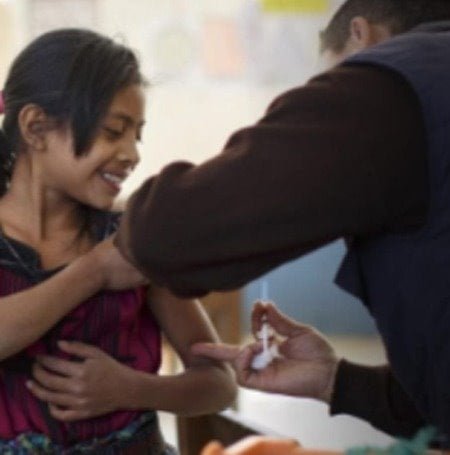
When will vaccines against COVID-19 be ready for distribution? How quickly could vaccines stop the pandemic? What types of COVID-19 vaccines are being developed and how will they work? How will we know if COVID-19 vaccines are safe?
If safe and effective vaccines for COVID-19 are developed, who should be first to receive them?
If safe and effective vaccines for COVID-19 are developed, WHO believes that everyone, everywhere who could benefit from these vaccines should have access as quickly as possible, starting with those at highest risk.
WHO’s Strategic Advisory Group of Experts on Immunization (SAGE) has released two key documents to help guide the allocation and prioritization of populations to receive COVID-19 vaccines:
• The Values Framework for the allocation and prioritization of COVID-19 vaccination, which offers high-level guidance globally on the values and ethical considerations regarding allocation of COVID-19 vaccines between countries, and offers guidance nationally on the prioritization of groups for vaccination within countries while supply is limited.
• The Roadmap for Prioritizing Population Groups for Vaccines against COVID-19, which suggests public health strategies and target priority groups for different levels of vaccine availability and epidemiologic settings. Examples of target priority groups include frontline health and care workers at high risk of infection, older adults, and those people at high risk of death because of underlying conditions like heart disease and diabetes.
In addition, WHO led the development of a Fair Allocation Framework that aims to ensure that successful COVID-19 vaccines and treatments are shared equitably across all countries. This framework a key part of the Access to COVID-19 Tools (ACT) Accelerator, a global collaboration to accelerate development, production, and equitable access to COVID-19 tests, treatments, and vaccines. The framework advises that once a COVID-19 vaccine is shown to be safe and effective, and authorized for use, all countries should receive doses in proportion to their population size to immunize the highest-priority groups. In the second phase, vaccines would continue to be deployed to all countries so that additional populations can be covered according to national priorities.
What is WHO doing to ensure that COVID-19 vaccines will be allocated fairly?
WHO is one of the leaders of a global alliance known as COVAX, the vaccine pillar of the ACT-Accelerator collaboration, which is working to accelerate the development and manufacturing of COVID-19 vaccines and ensure that there is fair and equitable access to these vaccines for all countries.
COVAX will allocate vaccines across countries according to a framework developed by a group that includes ethicists, scientists, and other health experts and vetted by WHO’s Member States. Under this framework, COVID-19 vaccines will be rolled out in two phases. In the first phase, they will be allocated according to population size to all participating countries at the same time, so as to protect those people at greatest risk of infection and of severe disease.
WHO’s Strategic Advisory Group of Experts (SAGE) has provided recommendations about which populations should be prioritized first. These include frontline health and care workers at high risk of infection, older adults, and those people at high risk of death because of underlying conditions like heart disease and diabetes. In the second phase of the roll-out, as more doses are produced, the vaccine should go to groups less at risk of being infected or of suffering badly.
COVAX aims to provide at least 2 billion vaccine doses by the end of 2021. Although that is not enough for everyone, it may be enough to end the acute stage of the crisis and put the world on the road to ending the pandemic.
How is WHO helping countries prepare for COVID-19 vaccines?
Along with accelerating COVID-19 vaccine research and helping scale up manufacturing capacity, WHO is working in close partnership with countries, regional colleagues, and other partners to develop needed policies, strengthen regulatory capacity, training courses, and guide countries in all the needed preparations for a programme to deliver COVID-19 vaccines.
WHO is developing detailed technical guidance and adaptable planning tools and templates to help countries plan ahead for a vaccine considering the many aspects of readiness that need to be put in place. These areas include planning and implementation, data and monitoring, supply and logistics, and acceptance and demand. To support initial preparations, a vaccine introduction readiness assessment tool (VIRAT) has also been developed and disseminated. Countries will use this tool to determine what components of readiness are complete and what components need further preparation.
This will help ensure that COVID-19 vaccines reach those in need as soon as they are approved and available. – WHO
For more details, please visit:




